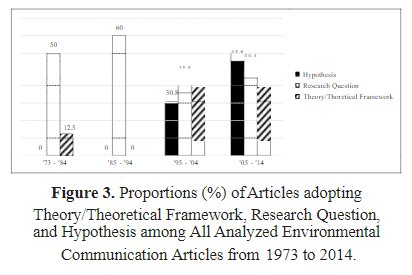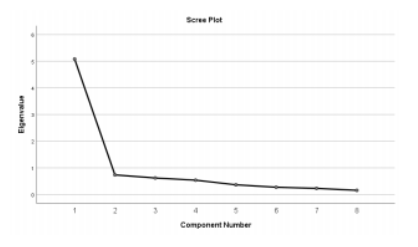Video and audio fake news formats distributed on Facebook in the form of dis/misinformation have caused so much fear, and panic, and received unpleasant reactions among users. This study adopted a comparative experimental design to test the hypotheses by varying the valence, thus types of formats or modalities, the educational levels, credibility, and sharing intentions of the participants, thus, 2 (video vs audio formats) ×2 (credibility vs sharing intentions) × 2 (literate vs. illiterate) to predict the specific media format(s) that influence the spread of fake news on Facebook among users in Ghana. The participants (N = 340) for this study were recruited from the three municipalities in Accra the national capital of Ghana. The research design regarding data sources was carried out in the form of a street intercept survey method. The findings show that users of Facebook believed and shared video formatted fake news than audio formatted. Further analyses indicate that the educational levels (literacy and illiteracy) variables that influence the spread of fake news on Facebook were not consistent. Besides, an in-depth theoretical explanation for modality effects when viewed from the perspective of mobile media, the study has proposed some theoretical and practical implications.

 665 (Views)
665 (Views)  246 (Downloads)
246 (Downloads) 
 665 (Views)
665 (Views)  246 (Downloads)
246 (Downloads) 
 568 (Views)
568 (Views)  200 (Downloads)
200 (Downloads) 
 1455 (Views)
1455 (Views)  558 (Downloads)
558 (Downloads) 
 397 (Views)
397 (Views)  183 (Downloads)
183 (Downloads)